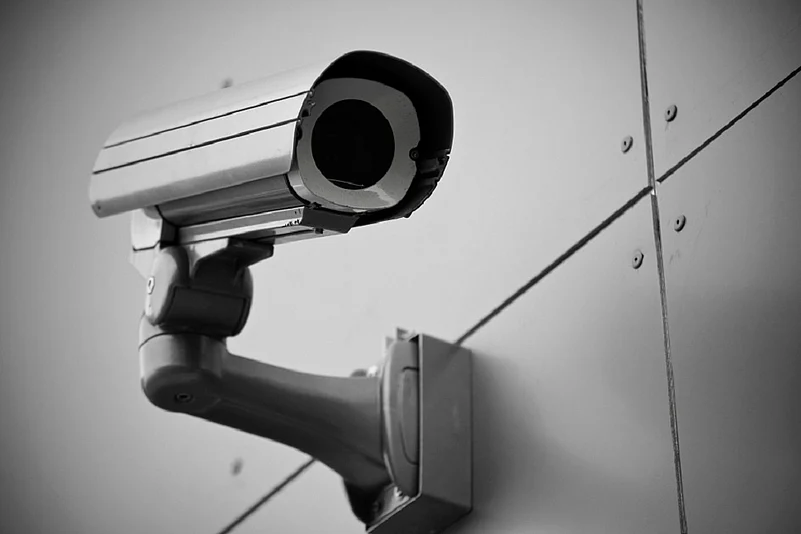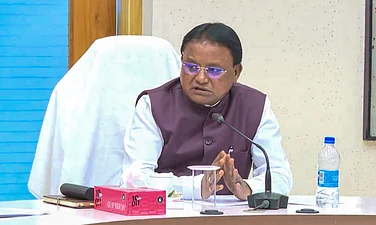In a recent RTI (Right to Information) filed by the Internet Freedom Foundation (IFF) on the use of facial recognition technology (FRT) in policing, the Delhi Police has revealed that it considers face similarity check above 80 per cent as positive results and uses them to arrest alleged rioters.
The RTI response, which has now created an uproar, sheds light on the lack of privacy impact assessment of these new technologies used by the authorities to nab the accused.
Facial recognition involves the process of analysing and mapping faces from videos and other pictures to with computer-filters to identify a person. It is mainly determined by the distance between the two eyes and of the forehead from the chin.
The Delhi Police considers a match "positive" if there's an accuracy of 80 per cent and in cases, where the accuracy is less than 80 per cent, they are considered as "false positive".
Notably, the distinction between 'false positive' instead of 'negative' shows that Delhi Police may still use the results in investigation through other methods of "corroborative evidence", notes IFF.
So long, the police have used this technology to identify protesters during the 2020 Northeast Delhi riots, the 2021 Red Fort riot during the famers' protest and the recent Jahangirpuri violence.
Suspects, who falls below the 80 per cent mark, will still remain in the radar of police hunt.
IFF, in its series of tweets, reiterated. "In light of this information obtained through rigorous RTI work, we reiterate: facial recognition tech surveillance will lead to human rights violations."
A report by Indian Express refers to a test run by the American Civil Liberties Union in 2018 on Amazon's Facial Recognition System keeping the threshold at 80 per cent. The results falsely matched 28 US Congress members with mugshots of a criminal database.
Privacy exerpts have expressed their concern over the breach in privacy and arbitrary arrests with these new technologies that is yet to carry out an accurate assessment of its efficiency.
Several US cities have banned police from using facial recognition technology and tech-giants including Microsoft and Amazon stopped selling authorities their FRT products owing to questions over their reliability.
In 2018, the Delhi High Court had suggested the Delhi Police to use FRT to track women missing from employment places, however, experts are yet to figure out why the police have kept the threshold at 80 per cent.
















